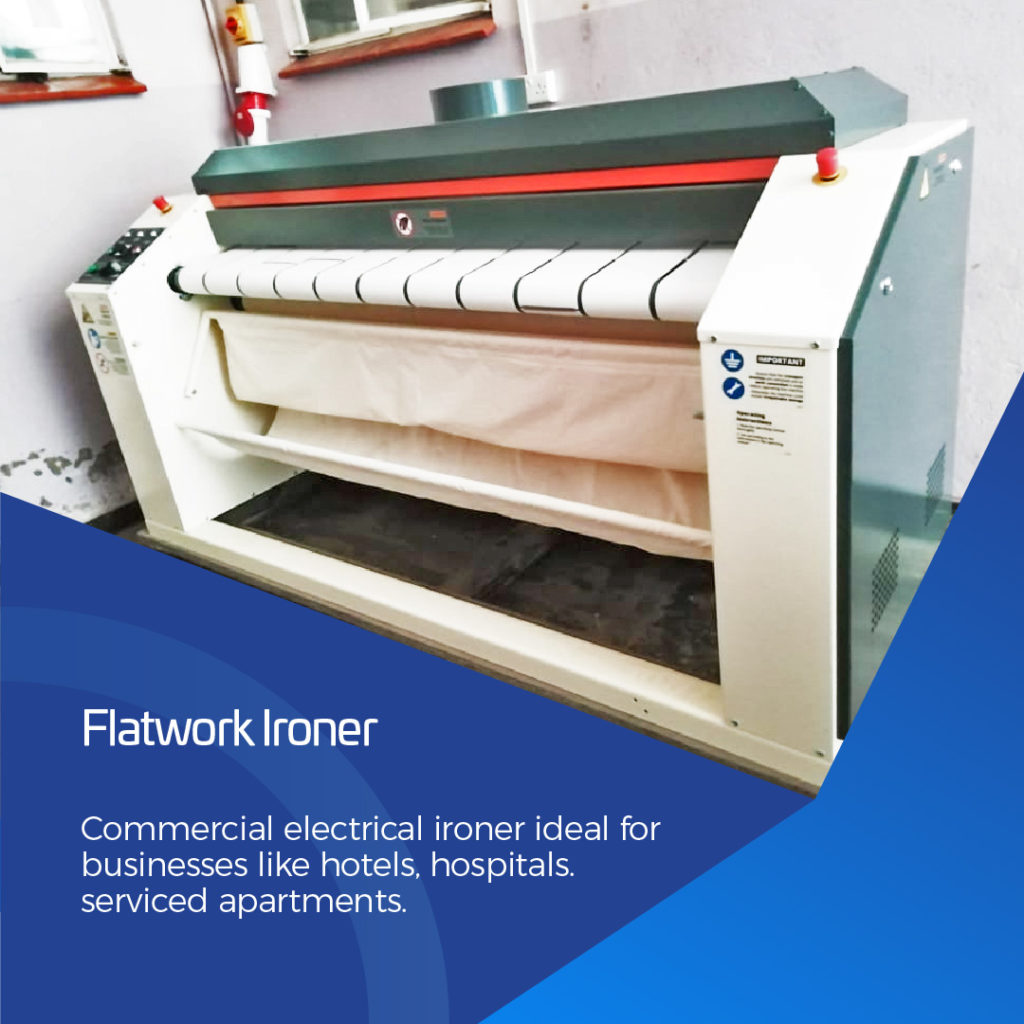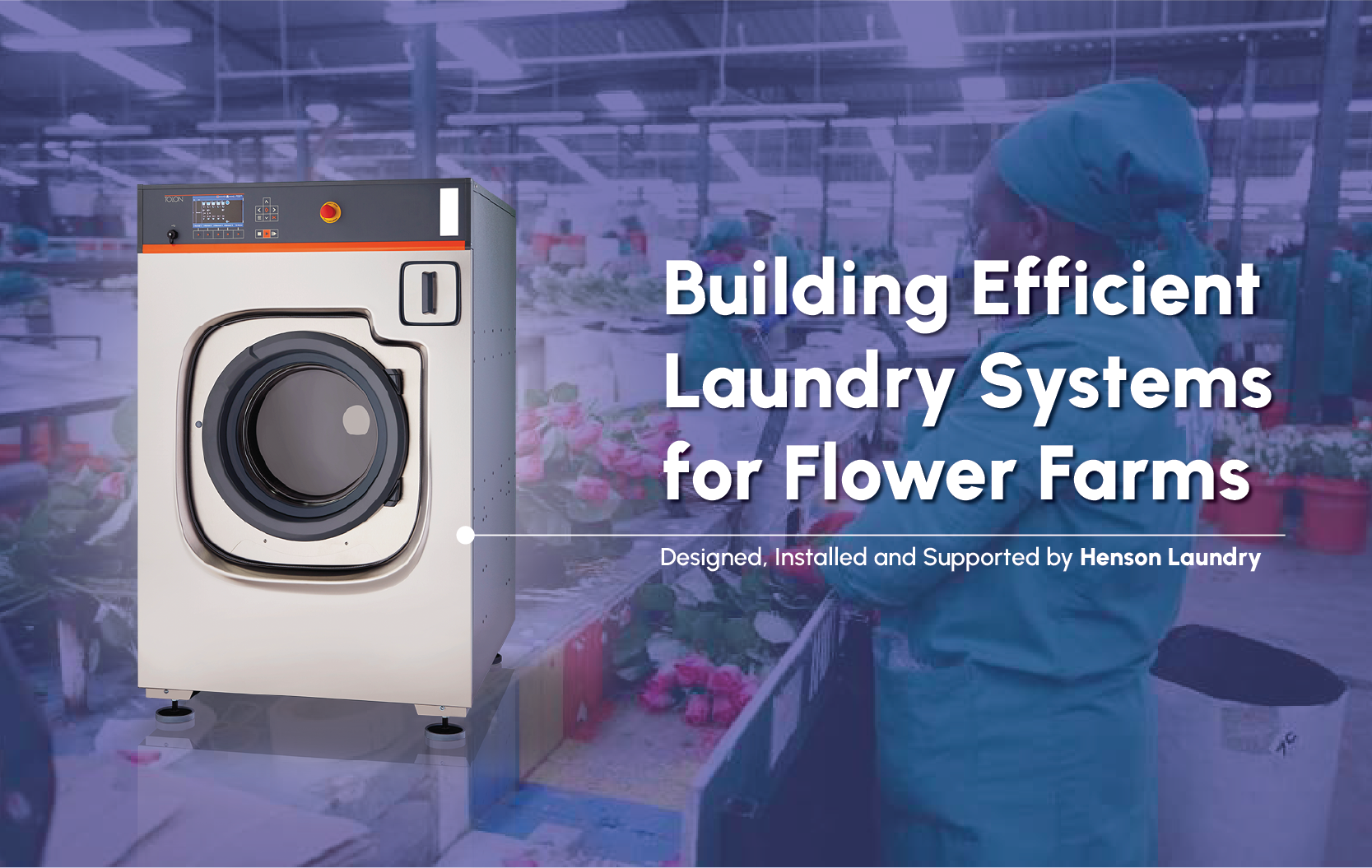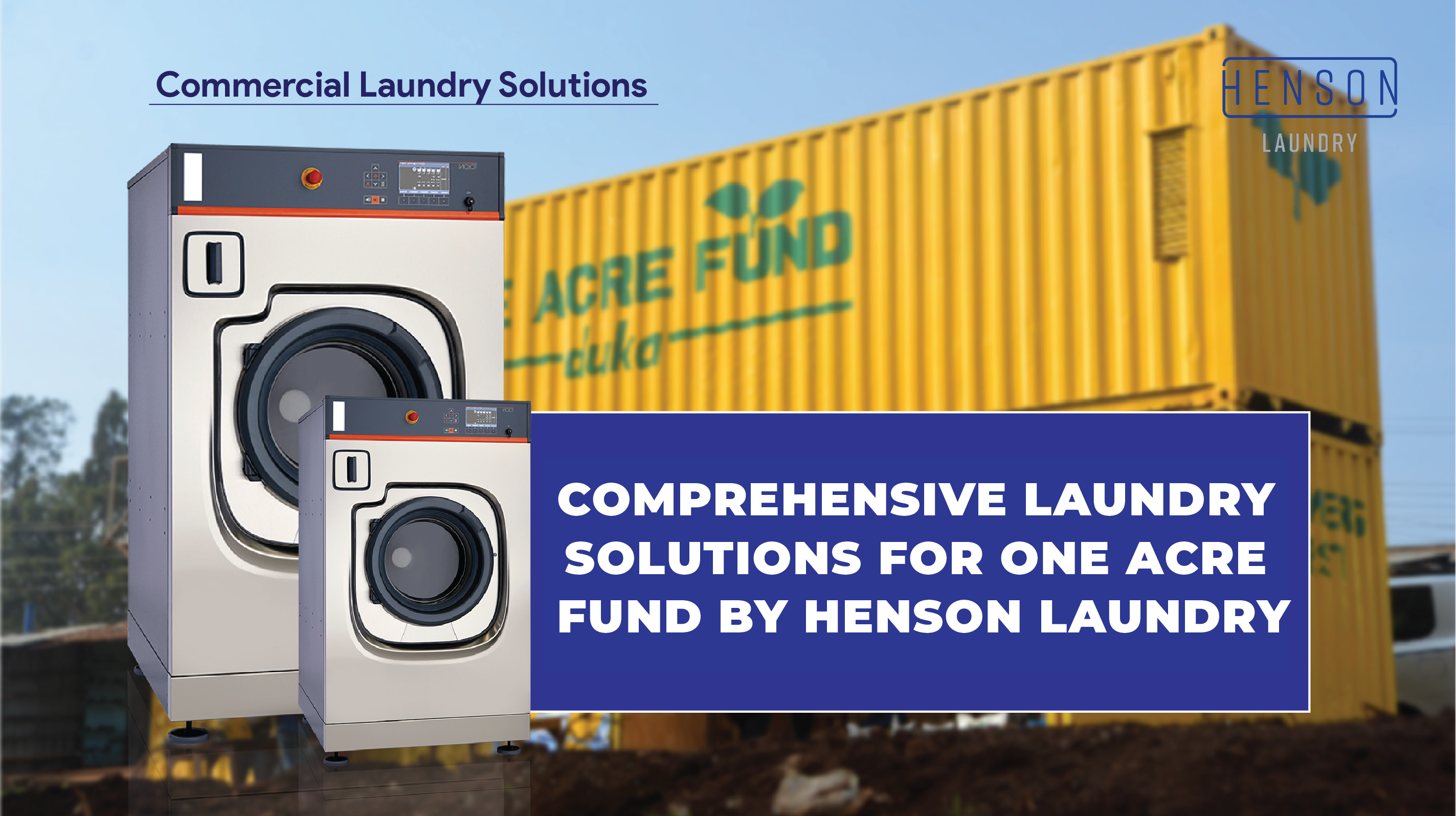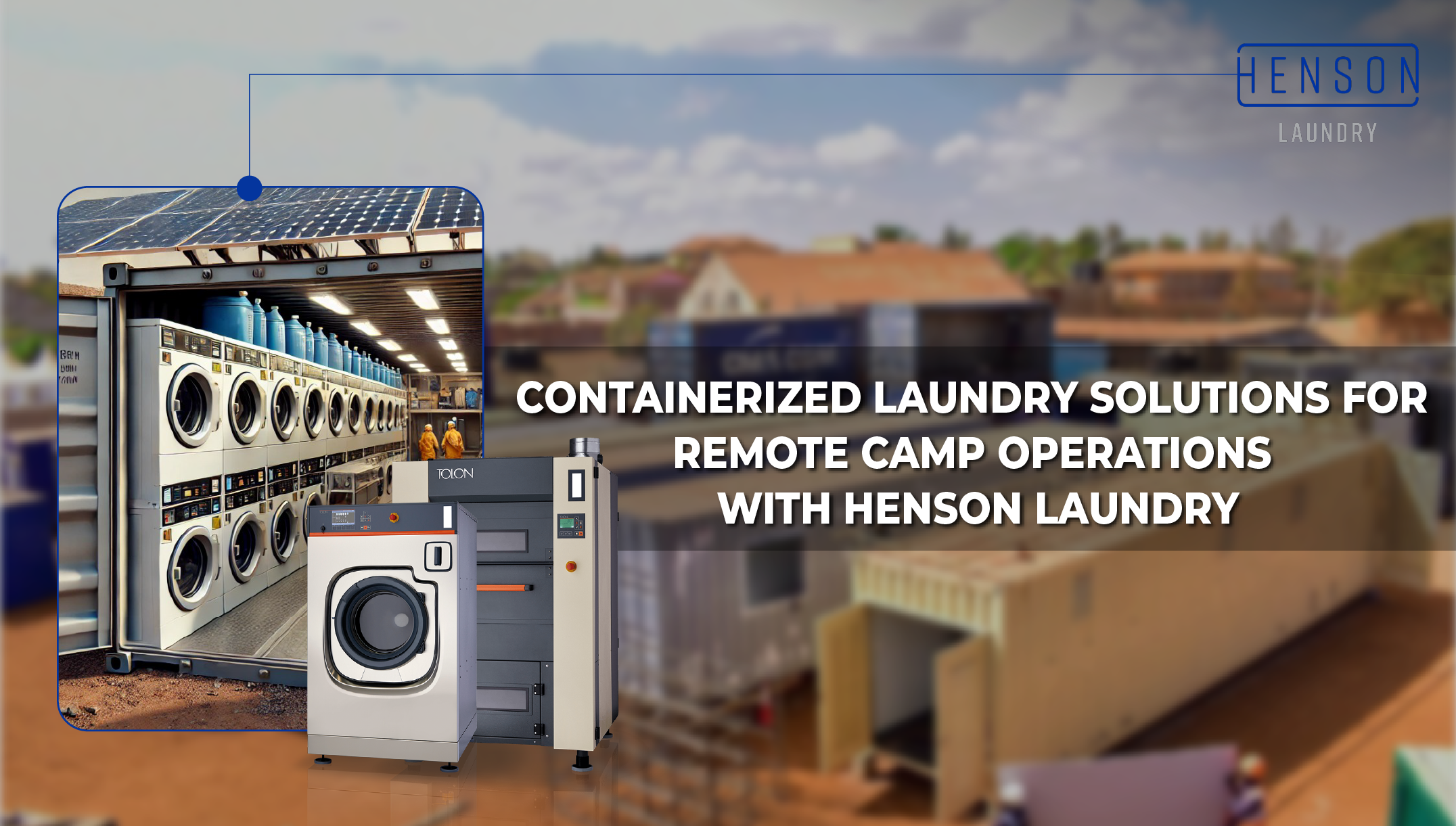When considering which flatwork ironer to buy there are several factors to take into account, ranging from production needs to service. Unlike washroom or garment finishing equipment, choosing the right flatwork ironer can be challenging because you can’t add ancillary equipment such as feeders or folders, and as such the production capacity has to be decided at the beginning.
A flatwork ironer is a large-scale commercial electrical ironer that is appropriate for businesses like (Hospitals, Hotels, Serviced Apartments, etc.) It mechanically irons linen like bed sheets, pillowcases, and tablecloths. The flatwork ironer functions by using a sizable heated roller. Laundry is fed into this drum where it is simultaneously ironed and dried as it moves through the hot drum. These are the main aspects to focus on and understand when looking to get a flatwork ironer for your laundry needs. Your supplier should be able to share more information on the following:
It is good to consider the size of the ironer as per your production requirements.
Choosing the correct working width: it is important to evaluate the size and space for your flatwork ironer. Bed sheets are generally larger in width and it is important to choose the right working width. Most bedsheets are around 3m in width and will need a margin of 200mm to press them well thus making 3200 mm a very popular width. There are of course bigger or wider bed sheets from luxury properties and 3500 mm ironers are available for his set.
Picking the right washer-extractor plays an important role in the productivity of the ironer. Softmount washer-extractors with extraction forces of 300-400G provide optimum moisture retention to allow the ironer to run at high speeds. Whereas, the Hardmount machines with extract speeds of 200G require the ironer to be slowed significantly or force you to condition the goods in the dryer for 8-10 minutes prior to ironing.
Floor space requirements Ironers are relatively large machines that require space for service thus when choosing an ironer, it is important to ensure that you have adequate floor space for operation and service. Manufacturers supply information and specifications about operational space as well as required service space. Confirm that there is enough room for the operators to have space to work. Keep in mind that they will be pulling the flatwork from a laundry cart and room for both is necessary.
Utility Requirements Most ironers use Gas, Steam, Electricity, or Thermal Fluid as the heat source. Ensure that your utility supply is adequate for your ironer. These requirements can be found either in the installation manual for the machine or on the general specifications for the machine. Undersized utilities will cause operational headaches.
Venting for the machine should be designed and installed properly. Venting removes moisture and combustion by-products, it is critical that the venting operate efficiently. Poor ductwork execution will greatly reduce the efficiency of operation. There should be proper make-up air, without this, the ironer won’t efficiently removes the moisture and combustion by-products.

Source of Heating: The source of heating varies and it is good to note. The popular ones are Electric (Mostly for small machines), Steam, Gas and direct thermal oil-based systems.
Choosing the correct Roll Diameter: For the large roll heated ironers of 3200 mm, the popular roll diameter is between 500 and 800 mm. Another important factor for steam-heated ironers is the operating steam pressure. An ironer with 500 mm that can operate at 10 bar steam pressure is anytime better than an ironer with 800 mm that operates at 6 bar. The most popular roll diameter is 800 and 1200 though there are chest-heated ironers up to 2000 mm in diameter.
Chest temperature: the temperature should be as high as possible without damaging the linen. The moisture nature and quantity of the linen fabric when ironing: higher residual moisture content will require more heat to achieve the best drying effect.
Ensure that the pressure of the rollers on the chest is as even as possible and that the speed of items passing through the ironing machine should be regular and adjusted according to the temperature. Also, take note of the number of rollers and speed settings on the flat press.
And now that you have carefully considered all factors and you are taking your flatwork ironer home to remember to service and perform all scheduled maintenance. In most cases, your supplier should advise on the scheduling and maintenance. Henson Laundry in Nairobi Westlands offers this after-sale service as well as training their customers on the best way to take care of laundry equipment.
This care is extremely important because an ironer has many moving parts that must all work in tandem to perform effectively. Always wax the ironer properly for fine results. Planning for and performing maintenance is of the utmost importance if you expect to utilize your ironer to its fullest potential. Over waxing causes buildup and maintenance issues, while under waxing causes poor results.








